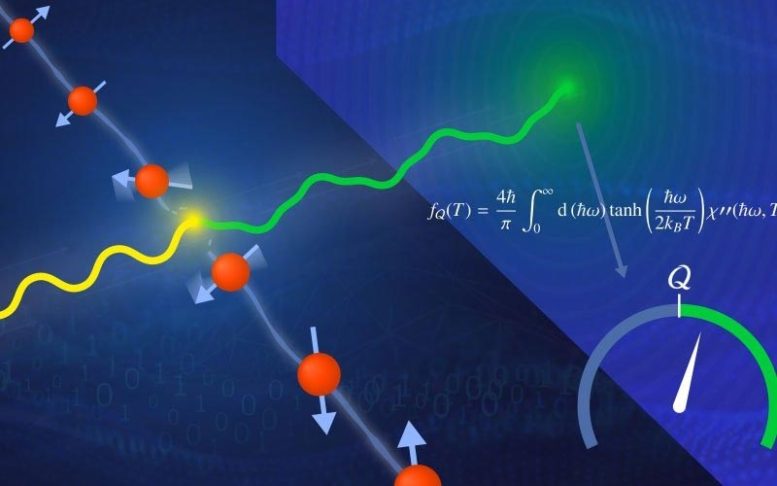
A material’s spins, depicted as red spheres, are probed by scattered neutrons. Applying an entanglement witness causes the neutrons to form a kind of quantum gauge capable of distinguishing between classical and quantum spin fluctuations. Credit: Image courtesy of Nathan Armistead, Oak Ridge National Laboratory
Because of quantum physics, quantum materials behave in surprising ways. For instance, they can be superconductors, which can allow electricity to flow with no resistance. These exceptional materials could lead to completely new technologies.
In an advancement for quantum materials, scientists assessed the ability of techniques called entanglement witnesses to accurately identify pairs of entangled magnetic particles. Entanglement is when one of these particles, or “spins,” mirrors another’s properties and behavior no matter how great the distance between them is. Three entanglement witnesses were evaluated in this research. Of the three, quantum Fisher information (QFI) performed the best, routinely locating entanglement in complex materials. QFI also differentiated between true quantum activity and non-quantum activity that can appear quantum due to random thermal motion. Additionally, the experiments confirmed that entanglement increases as temperature decreases.
The Impact
This work is the most in-depth examination of QFI’s capabilities to date. It is also the first to apply the technique to massive solid materials by examining many pairs of entangled spins simultaneously. With QFI, researchers can more quickly identify entangled quantum materials such as quantum spin liquids, quantum magnets, and superconductors. These materials are excellent for applications such as data storage and computing. Incorporating QFI calculations into future neutron scattering experiments could help scientists characterize even more complex quantum materials.
Summary
Proving the presence of entanglement in one-dimensional spin chains—linear lines of connected spins within quantum materials—has historically been a significant challenge in quantum information science. The research team observed QFI tackling this challenge by applying the witness to neutron scattering experiments at the Spallation Neutron Source, a Department of Energy user facility. Because of their neutral charge and non-destructive nature, the neutrons provided valuable insights into the properties of two different spin chains. To validate their results, the scientists also ran computational simulations and analyzed data from older experiments conducted at the ISIS Neutron Source and the Institut Laue-Langevin.
References:
“Witnessing entanglement in quantum magnets using neutron scattering” by A. Scheie, Pontus Laurell, A. M. Samarakoon, B. Lake, S. E. Nagler, G. E. Granroth, S. Okamoto, G. Alvarez and D. A. Tennant, 28 June 2021, Physical Review B.
DOI: 10.1103/PhysRevB.103.224434
“Quantifying and Controlling Entanglement in the Quantum Magnet Cs2CoCl4” by Pontus Laurell, Allen Scheie, Chiron J. Mukherjee, Michael M. Koza, Mechtild Enderle, Zbigniew Tylczynski, Satoshi Okamoto, Radu Coldea, D. Alan Tennant and Gonzalo Alvarez, 13 July 2021, Physical Review Letters.
DOI: 10.1103/PhysRevLett.127.037201
This work was funded by the Department of Energy Office of Science, DOE’s Scientific Discovery through Advanced Computing program, Oak Ridge National Laboratory’s Laboratory Directed Research and Development program, the Quantum Science Center, the Center for Nanophase Materials Sciences, and the European Research Council under the European Union Horizon 2020 Research and Innovation Programme.

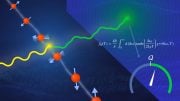
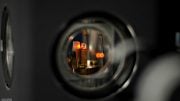
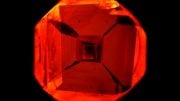

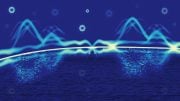
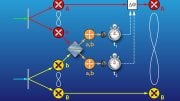
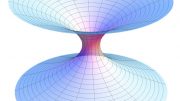
Topological vortex and its identical twin anti-vortex make up the fundamental understructure of dark matter and dark energy in space-time. The transition of vortex and its identical twin anti-vortex would without encountering an energy barrier, and are surging all the time.
Different substances have different forms and modes of motion, mainly because of the way they formed via dark matter or dark energy and the way they interact with dark matter or dark energy in the motion are different. The so-called “God particle” and “Spooky action at a Distance” are exaggerated.
The future of human science lies in exploring how to develop and utilize the ubiquitous dark matter and dark energy in space-time. Topological vortex field covers all short-distance and long-distance contributions of space-time motion.
I am very surprised at this article. You mention in your “Impact” section that “It is also the first to apply the technique to massive solid materials by examining many pairs of entangled spins simultaneously.” This is blatantly wrong! Ours was the first work which did that. Our group is the first group that showed multipartite entanglement in a many-body system, namely, a quantum spin chain via quantum Fisher Information. After our work, there are many groups who have started to show QFI in other systems. The two papers that you have mentioned also cite our work. As you can see, our work was published in 2020. Kindly go through the paper and rectify the colossal error in your article. The reference to our work is:
George Mathew, Saulo L. L. Silva, Anil Jain, Arya Mohan, D. T. Adroja, V. G. Sakai, C. V. Tomy, Alok Banerjee, Rajendar Goreti, Aswathi V. N., Ranjit Singh, and D. Jaiswal-Nagar,
“Experimental realization of multipartite entanglement via quantum Fisher information in a uniform antiferromagnetic quantum spin chain,” Phys. Rev. Research 2, 043329 (2020).